From technicolor tutus to dark styles more gothic than Notre Dame, a look at the current trends in Japan street fashion.
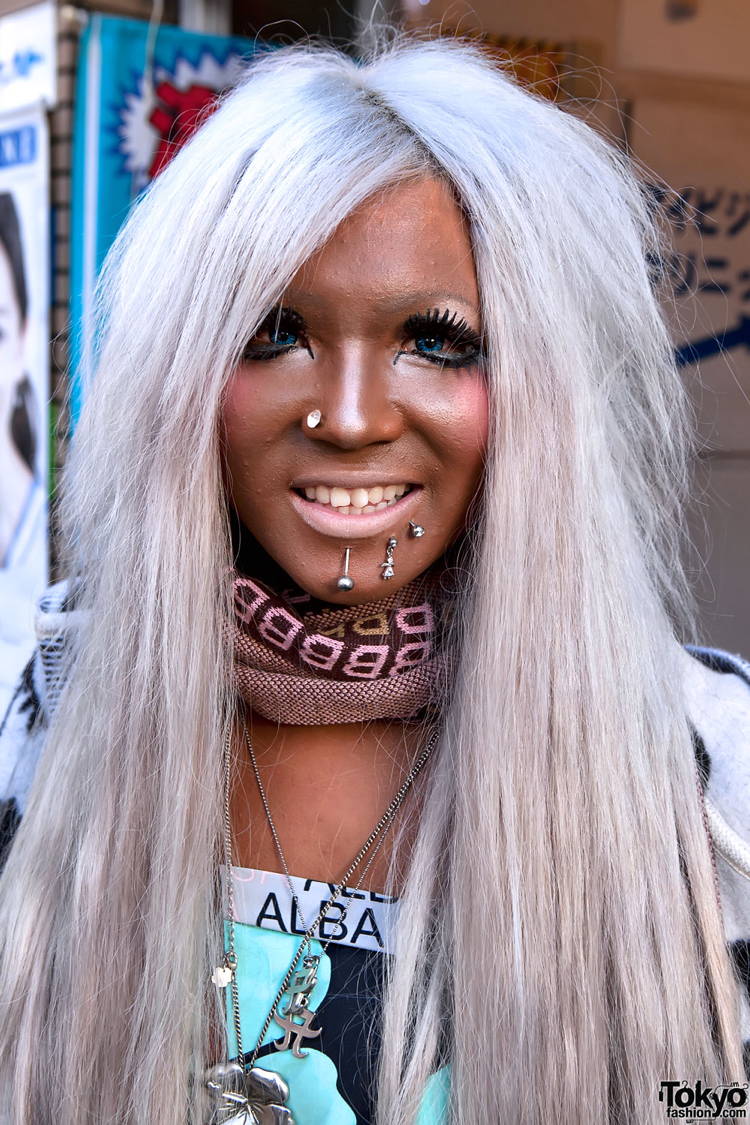
Japan Street Fashion: Ganguro
Hitting its peak in 2000, ganguro was a huge trend in the Shibuya and Ikebukuro districts of Tokyo. The trend–marked by excessive amounts of skin bronzer, bleached hair and the layered ornamentation of neon and plastic accessories–translates literally as “charbroiled face”. Which makes sense, given that it is speculated that the men and women who sport this look are trying to emulate what they think is a sun kissed California style.
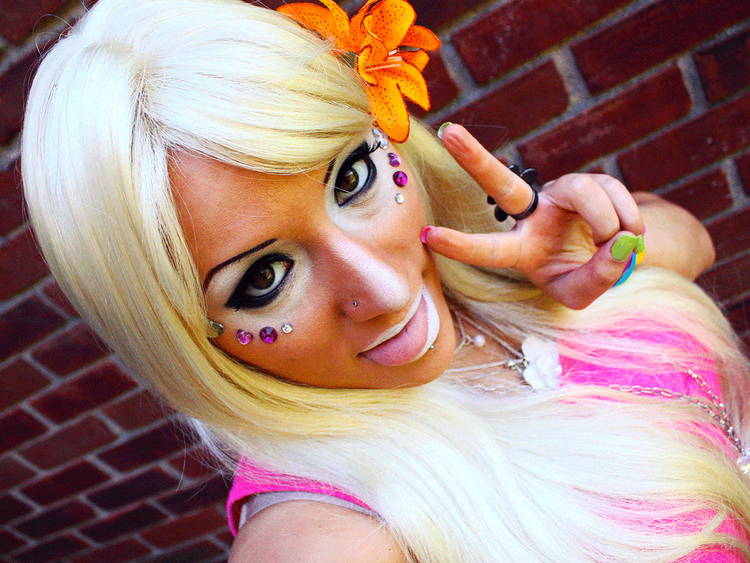
Source: Deviantart
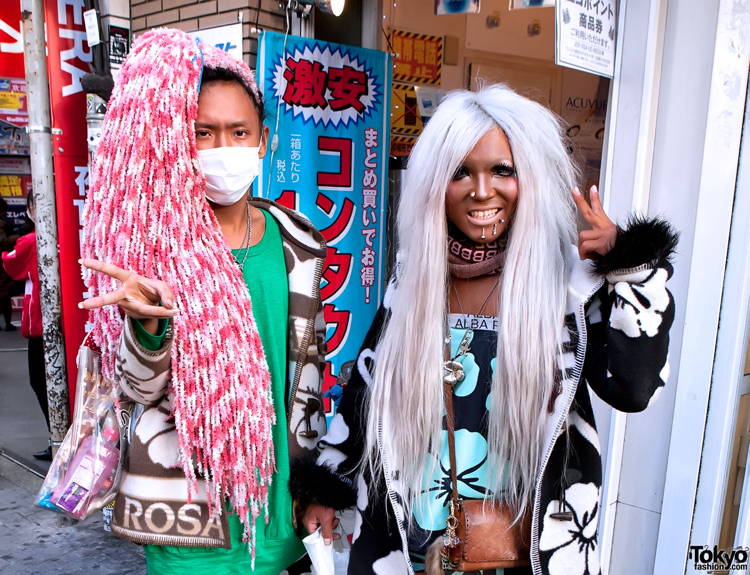
Source: Tokyo Fashion

Source: WordPress, http://lekesan.files.wordpress.com/2006/11/dsc01988.JPG
Kigurumi
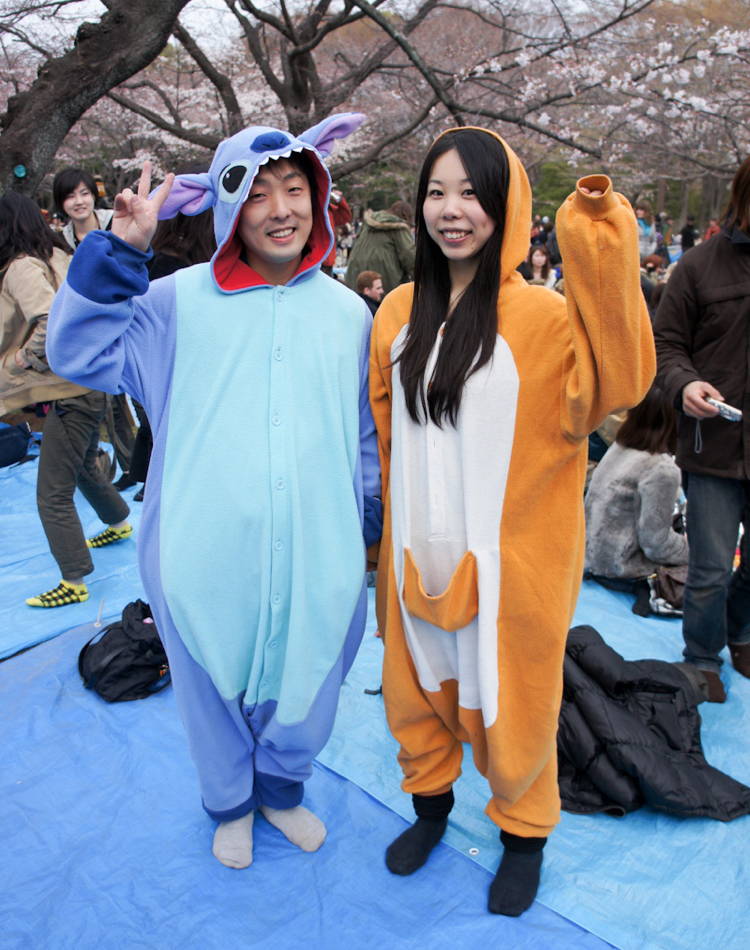
Source: Fuzz and Fur
While Kigurumi’s roots are in the performance realm, certain Japanese people have taken the garb–characterized by its creative depiction of cartoon or animal characters–from its traditional commercial use and have implemented it in everyday fashion ensembles.
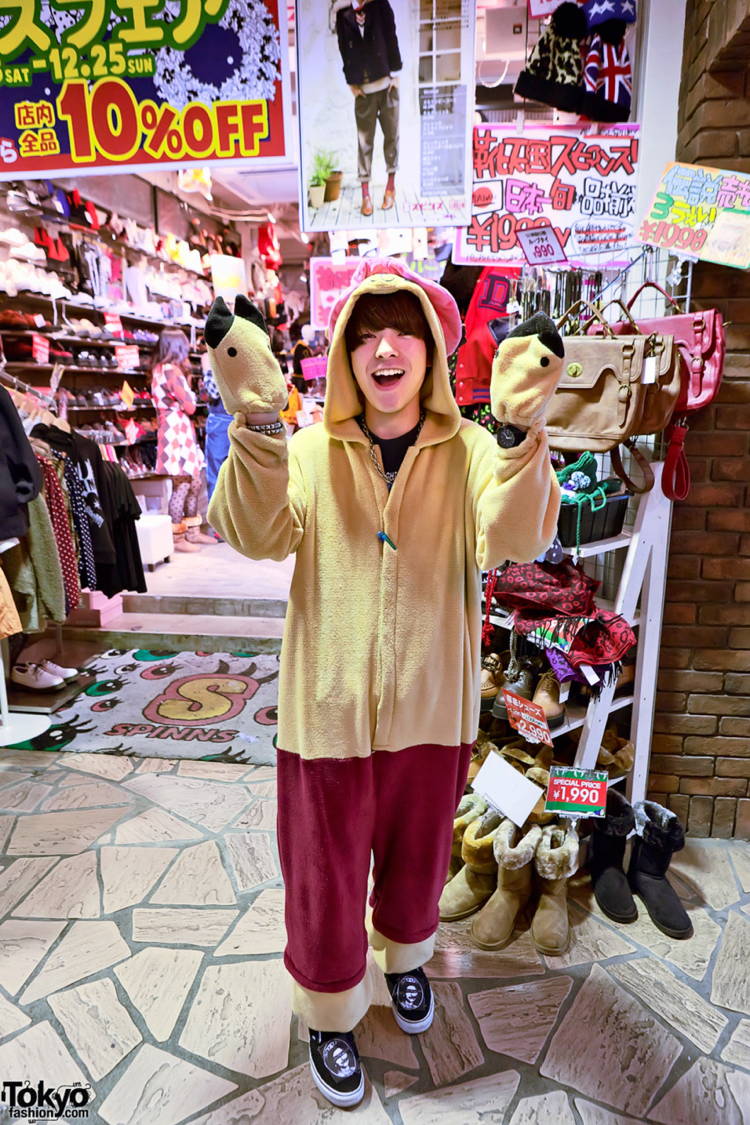
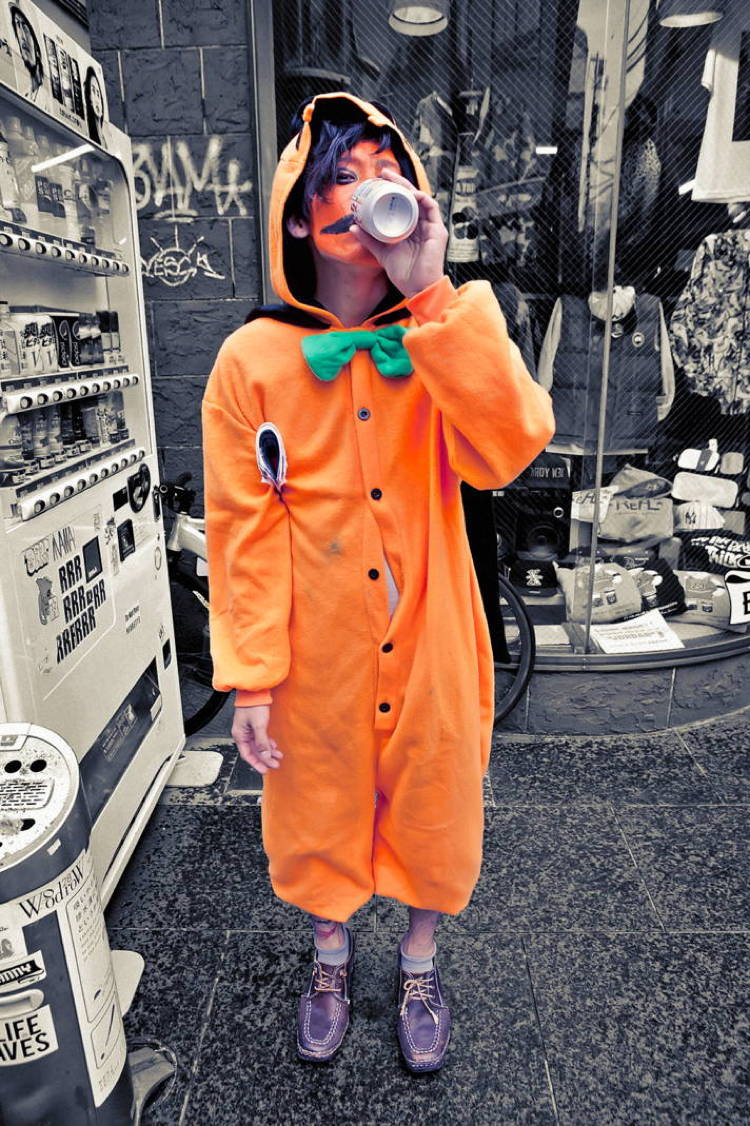
Source: Tokyo Fashion
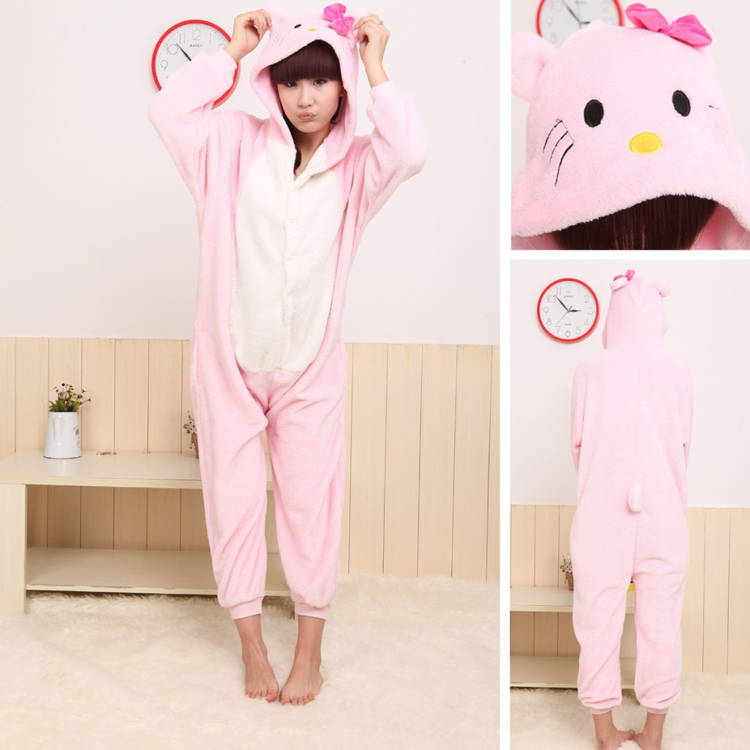
Source: Photobucket
Japanese Street Fashion Trends: Decora
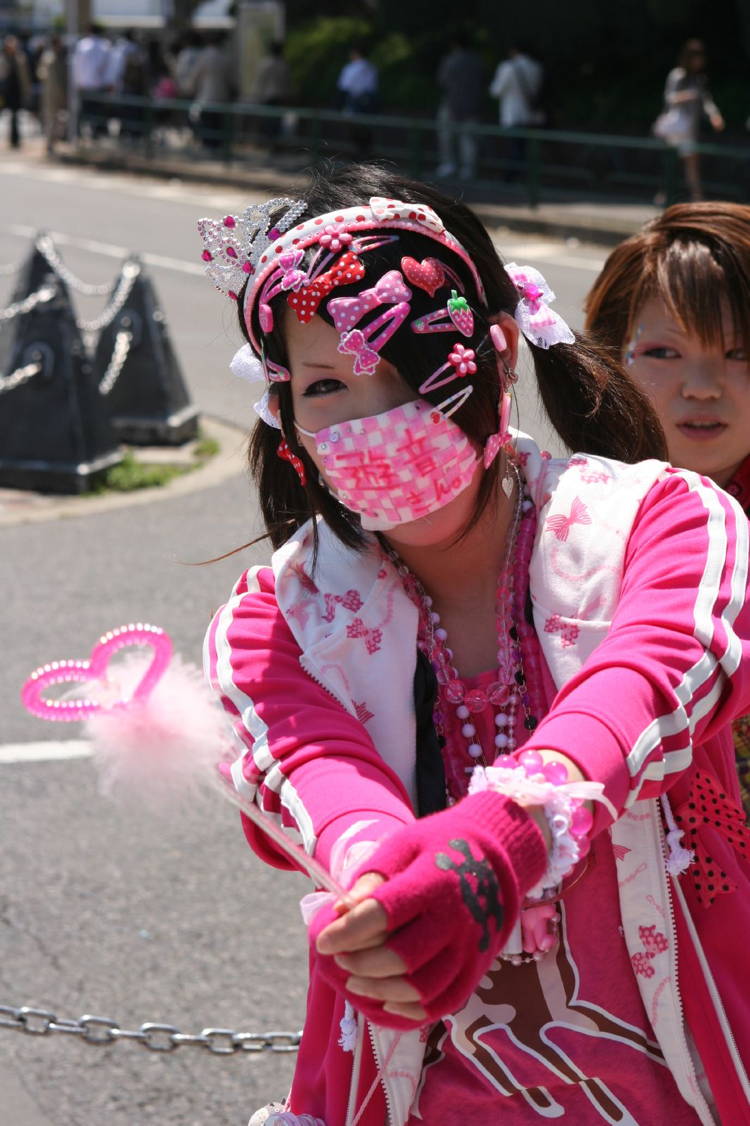
One of the more saturated styles to grace the streets of Tokyo, decora is identified by the use of toylike accessories, the donning of garments that are typically extremely colorful, able to light up and/or make sounds. Women seek to look as young and doll-like as possible, hence the common use of pigtails, oversized mary janes and teensy-weensy shirts. Men, favoring a more two-dimensional visage, tend to dress like anime characters and sport slightly spiked hair.
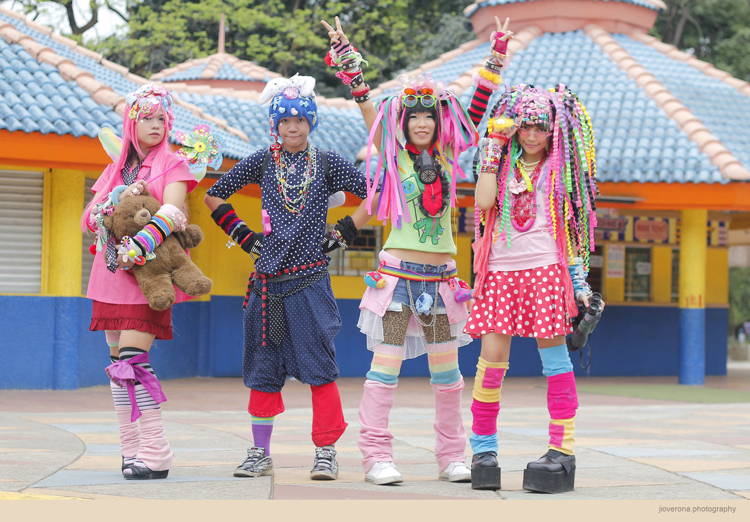
Source: Deviantart
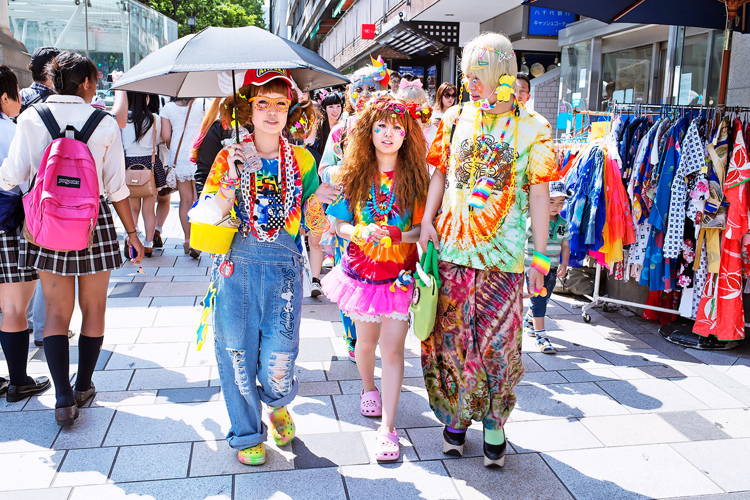
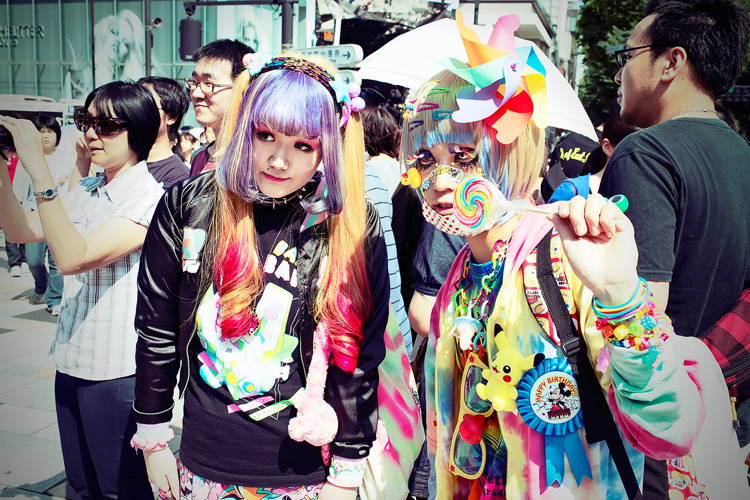
Source: Tumblr
Lolita
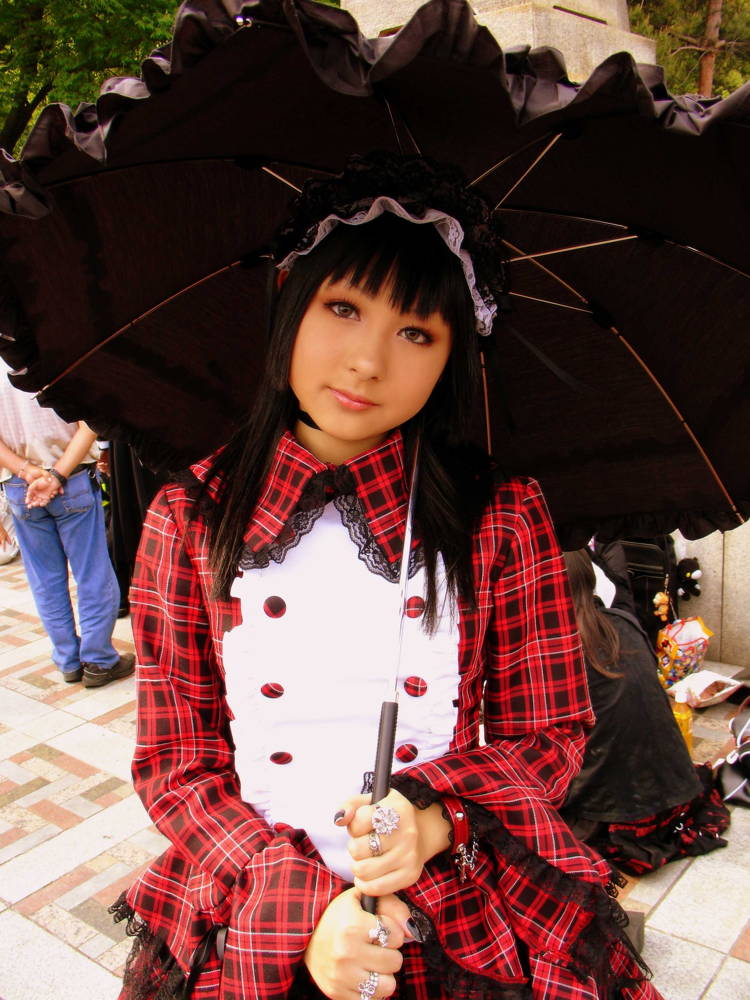
Source: Wikimedia
Though the Lolita fashion did not originate in Japan, the style is so prevalent there that many assume it to be a fashion trend endemic to Japan. Surprisingly, the origins of the trend’s name are not sexual, nor is the look supposed to be sexual.
Says one Gothic Lolita, “We certainly do not do this for the attention of men…frequently, female sexuality is portrayed in a way that is palatable and accessible to men, and anything outside of that is intimidating. We don’t get into it because it is some sort of misplaced pedo complex or anything, and the objective isn’t simply to emulate little girls, despite the name Lolita.”
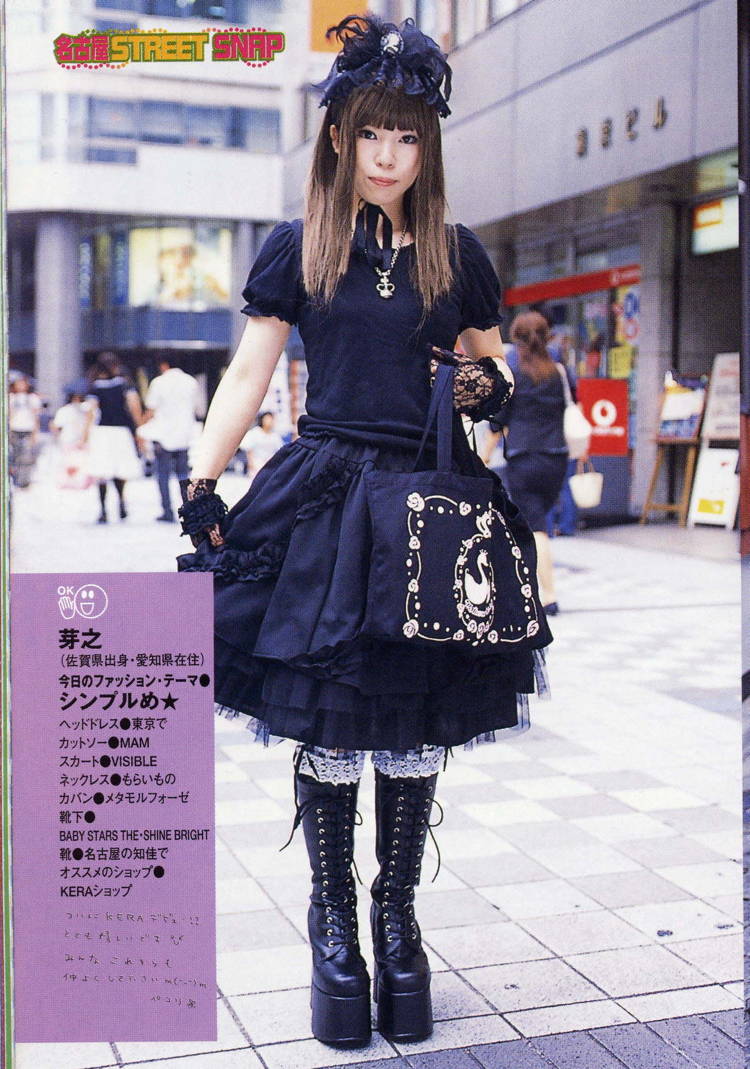
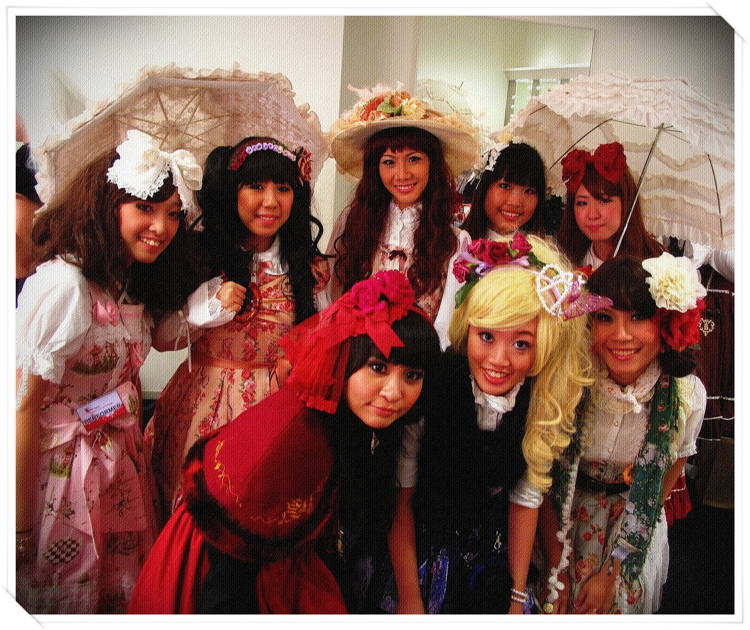

Japanese Street Fashion: Kogal
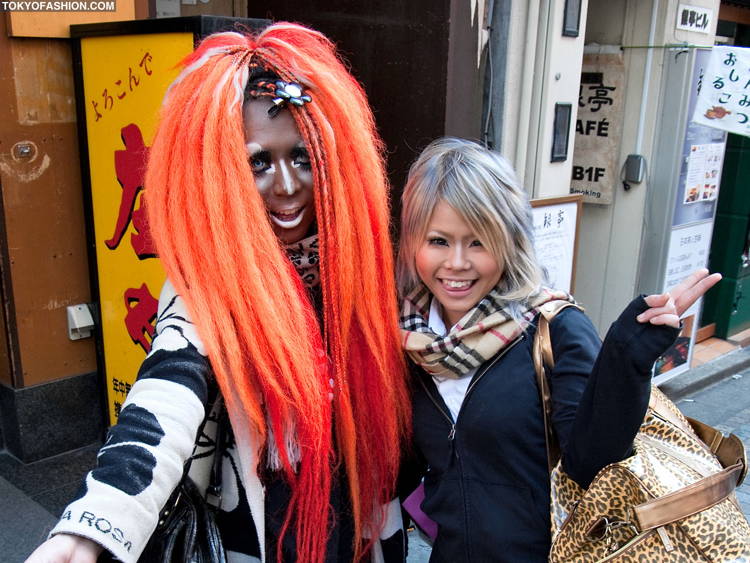
Source: Tokyo Fashion
Rising in popularity around the same time that Britney Spears’ schoolgirl-ish “Hit Me Baby One More Time” incited a mass movement of tweens to uniform stores around the world, the kogal trend is defined predominantly by the sporting of short uniform skirts, baggy socks, dyed locks and an anglo-fied touch of a Burberry scarf.

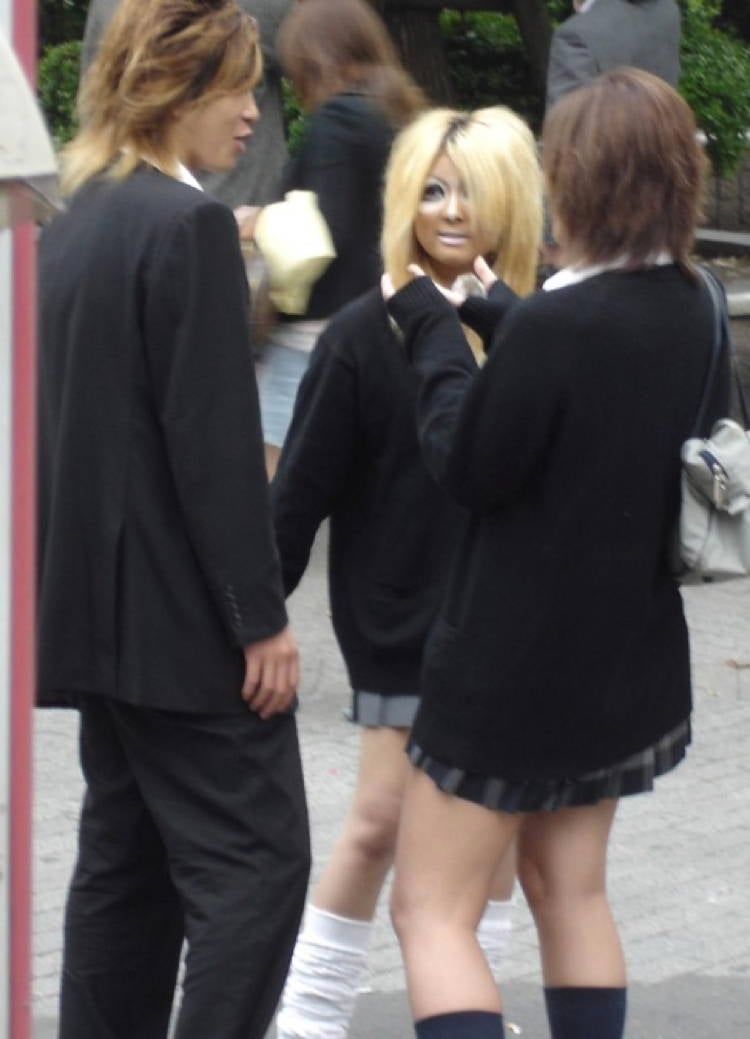
Source: Wikimedia, http://upload.wikimedia.org/wikipedia/commons/6/65/Ganguro3.jpg
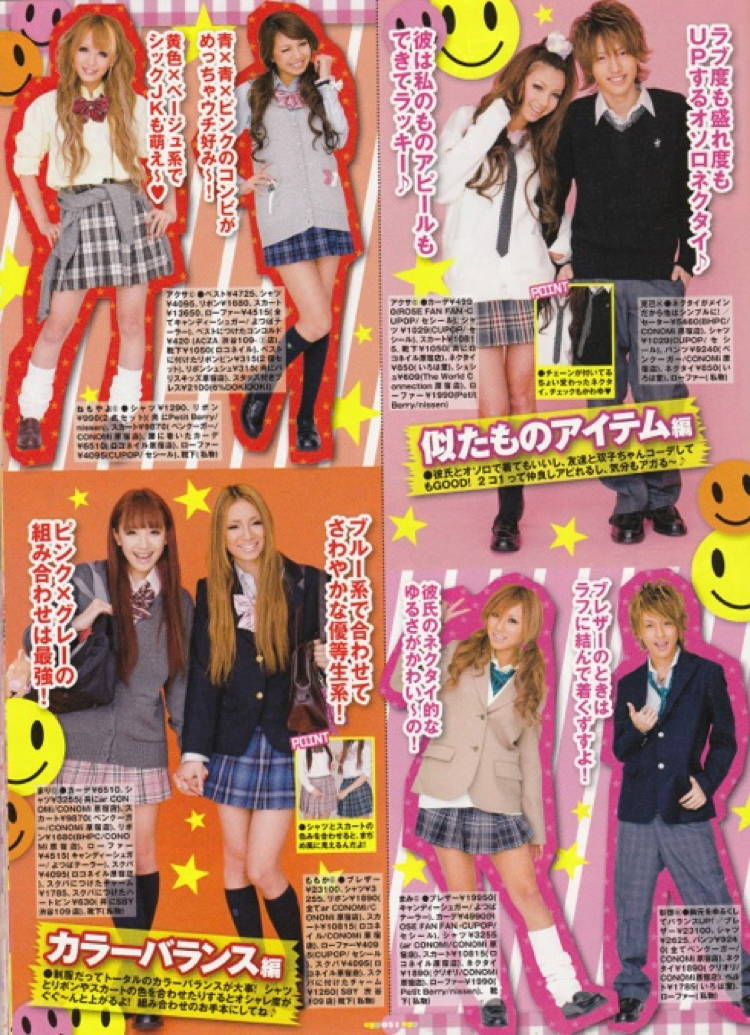
Source: Blogspot
Visual Kei
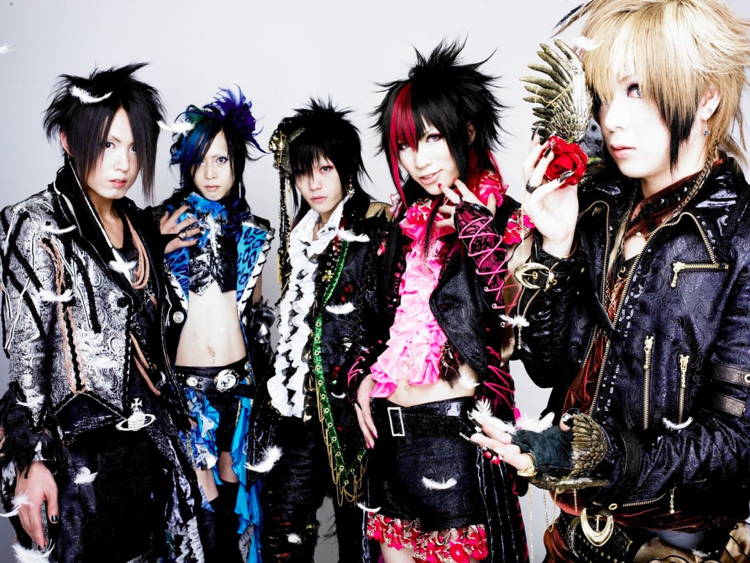
Typically confined to musicians in Japan, visual kei is renown for its inherent, Bowie-esque androgyny, flamboyant costumes and ornate hair and makeup.
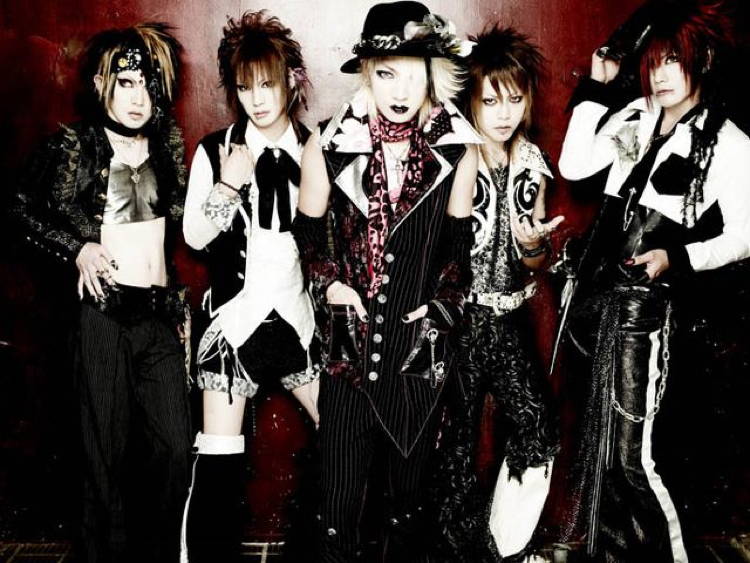
Source: ImageShack
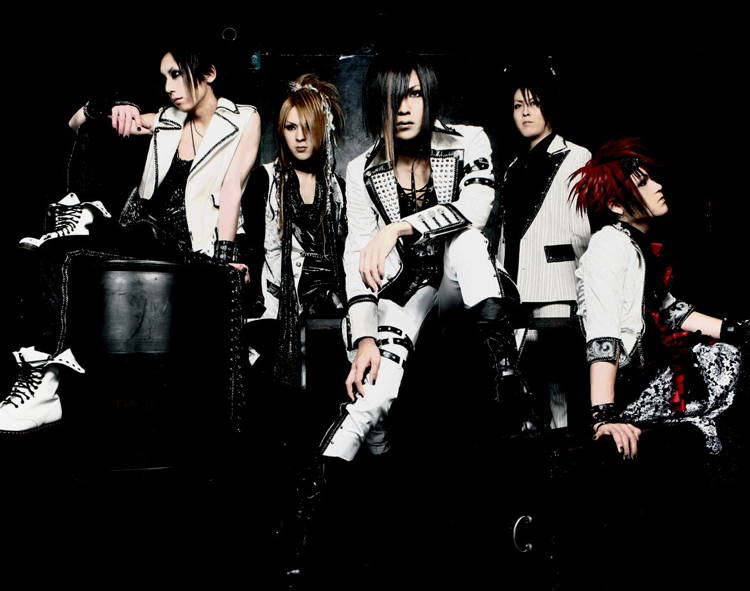
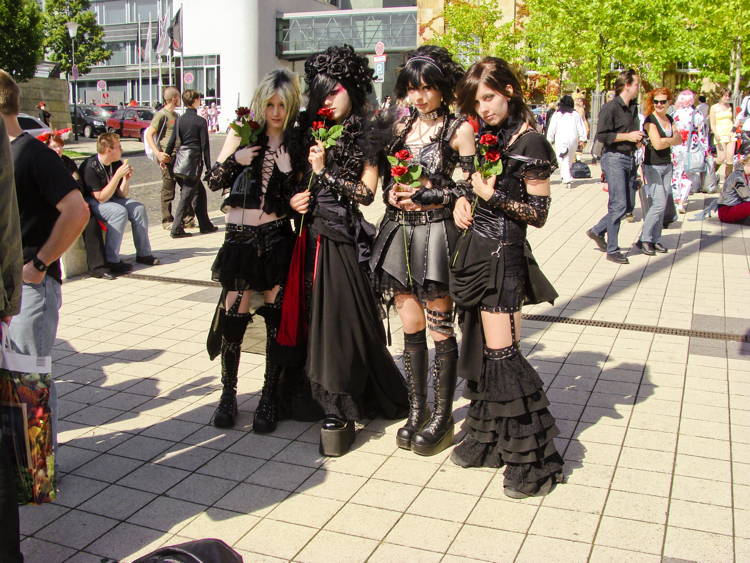
Source: Deviantart
If you enjoyed this article on Japan’s street fashion trends, check out our posts on the weirdest fashion trends in history and the dumbest diet trends ever.





